031919_YKBP_A7.pdf





Broadcaster Press 7
March 19, 2019 www.broadcasteronline.com
Salute to Agriculture
5 Facts About Women and Farming
Did you know that 26 percent of South
Dakota farmers are women?
The stereotypical farmer is an older
male. But according to the USDA, there
are more than 12,100 women farmers in
South Dakota, farming nearly 14 million acres for a $197.1 million economic
impact!
Some women farm or ranch on their
own. Others are part of family operations.
Here’s what might surprise you about
women farmers.
1.They’ve Got Skills
Women farmers handle a wide variety
of farm work—anything from planting and
harvesting to delivering baby animals and
fixing fences.
Wendi Hoing, 29, farms full-time with
her husband, Jim, and her in-laws, Gary
and Vicky, near Kimball, S.D. “Our operation consists of corn, beans, alfalfa and
cattle,” she says. “And we do our own
machining.”
Along with tending cattle, operating
all the farm equipment (like tractors,
planters, combines, grain carts and
semis), helping with machining and doing
seasonal chores, Wendi does the books
for the farm.
Wendi also manages the home, which
includes laundry, cooking, cleaning and
lawn mowing. Together with her husband,
she cares for their two children—with
another on the way in a few weeks!
Barb Kipp, 55, who farms with her husband and children near Montrose, S.D.,
does a little bit of everything as well. She
mentions working with cattle, helping put
in electric fencing and handling baling.
“With our calves, I record everything, like
shots,” she says. “And I pay the bills.”
But that’s just a small portion of Barb’s
responsibilities. She also cares for her six
grandchildren while their parents are at
work, and she still has two high-schoolaged children at home.
Whitney (Jerman) Blindert, a 31-yearold who farms with her husband near
Salem, S.D., works off-farm in the agricul-
ture industry. “I have a lot of respect for
women who play integral roles on their
family farm—from operating equipment
to grain marketing to bringing in off-farm
income or taking care of the family and
home,” she says.
“There is often a woman’s touch
behind a successful farm. I also think
the number of women farmers is going
to grow in the future. New technology
creates a level playing field that will help
make that happen,” Whitney says.
2. They’re Masters of Multi-Tasking
Women are often experienced in juggling responsibilities, especially in South
Dakota, which has the nation’s highest
percent of working mothers, at 84 percent.
“Balancing everything has gotten
easier over time,” Wendi says. Her family
hangs four dry erase boards on the back
porch where they list tasks that need to
be done. “It’s all about keeping organized,
staying on task and managing our time.”
Another tip of Wendi’s is making freezer meals during slower times so meals are
ready during busier times.
Whitney also brings her organizational
skills to her family’s operation, managing
the calendar and scheduling. Because
farm revenue can vary based on weather,
market prices and expenses, Whitney’s
full-time, off-farm job brings in stable
income.
As a registered dietitian and licensed
nutritionist for the Midwest Dairy Association, Whitney has a demanding job.
“I’ve found that carefully planning our
off-farm schedule can make a world of
difference,” she says.
3. They Believe in Partnership
Farming isn’t ever a one-man, or a
one-woman, job. “It’s a partnership,” says
Barb. “There’s strength in having another
person to farm with when you both strive
to do your best.”
Whitney notices that she and her
husband bring different strengths to the
operation. “He tends to see big picture
and has a lot of ideas, and I tend to think
through the different steps required to
get that idea accomplished,” she says.
“Together, we make a good pair. His
education is in agriculture and mine is
in nutrition, so we are constantly learning from one another. He loves to teach
me about farming and how to be a good
steward of the environment. And I make
sure he drinks his milk and eats his vegetables,” Whitney adds.
Wendi agrees. “Male or female, everybody brings different strengths to the
table. Being able to spot those strengths
and use them fully benefits the operation,” she says.
“I’ve learned a lot from my husband,
but I know that he’s learned a lot from
me as well,” Wendi says. “Being able to
capitalize on each other’s strengths has
been a great benefit to our business. We
look to each other for advice and ways
to problem solve, and each of us values
each other’s opinions equally.”
4. They Love What They Do
Wendi is doing exactly what she’s
wanted to do since childhood. “I grew up
on a farm and I knew that it was what I
wanted to do from a very early age,” she
says. “Both Jim and I actually come from
fourth generation farms.”
“I love what I do,” says Wendi. “And I
love having my kids with me through it
all.”
Whitney is also following her dreams
by being part of a farm. “I was lucky to
be born and raised in a farm family, and I
have so much respect and admiration for
my parents,” she says.
“Now, I’m proud to be a part of another
farm family and have the opportunity to
raise my own family with the same values
and work ethic as I experienced growing
up.”
According to Barb, the hard work is
worth it when you know you have a purpose. “When you’re doing it for yourself
and your children, it’s valuable.”
She also enjoys seeing the results of
her work. “When we wean the calves and
see how the cattle have grown, I feel a
sense of accomplishment,” she says.
5. They Want You to Learn About Farming
It can be frustrating for farmers—
women and men alike— to see falsehoods
about farming accepted as truth.
“Sometimes farmers get a bad rap,”
Barb says. “But, there are a lot of misconceptions. If we didn’t treat our animals
and the land with honor, and if we didn’t
do what’s needed to protect the environment, we wouldn’t be in this business
very long.”
“We do care about our land and our
animals and about our way of life,” she
says.
Visiting a farm is the best way for city
dwellers to learn about farming, according to Wendi. “For someone that doesn’t
know necessarily the ins and outs of farming, I would say if you know anybody that
is involved with a farm, ask questions and
even go out to their farm.”
“Most farmers would be open to providing a tour of their operation and showing you what they do on a daily basis,”
Wendi says.
Farmers are interested in learning
more about non-farmers’ interests and
concerns, and they’re eager to build
relationships.
Whitney agrees. “I’d like to challenge
non-farmers to get to know a farmer if
they have the opportunity. Maybe that
means reaching out at a local event or
taking advantage of a farm tour or open
house in the summer.”
“Have a conversation,” she continues.
“Get your questions answered by the
experts who produce our food. Ask them
how they care for their animals, their
land. In addition to meeting the wonderful
people behind the product, you likely will
gain a greater understanding of what it
takes to be a farmer, as well as confidence
in our food supply.”
South Dakota Corn.com
Agriculture and the Economy
Though it’s easy to look at the
tech industry and think this increasingly influential sector is what makes
the world go round, something closer to the very core of the Earth may
be what’s driving your economy.
The agricultural sector plays a
strategic role in a nation’s economic
development and prosperity. From
the earliest days, agriculture has
been heralded as playing a crucial
role in North American culture.
Farmers who grow produce and
raise livestock for meats and other
products have long exemplified what
it means to work hard and take initiatives to be self-sufficient.
The symbiotic nature of agricul-
ture and the economy is noticeable
when examining the ups and downs
of each. This is because food production and the potential of agriculture
extends beyond the fields and local
food stands. These resources impact
supply chains and other markets. A
strong agriculture base influences
other employment sectors like food
manufacturing, biotechnology, hospitality, machinery building, and much
more, while a weak agriculture can
adversely affect those sectors.
While it can be difficult for residents of developed nations to visualize agriculture’s effect, one only
needs to turn to impoverished and
developing nations to see just how
big an impact agriculture can have
on an economy. Agriculture provides
food and raw materials, eventually
creating demand for goods produced in non-agricultural sectors.
Also, food provides nutrition that
can serve as the foundation of a
healthy nation. Earning a living in
agriculture strengthens purchasing
power, which fuels other markets.
Eventually, farming can pave the way
for development, including roads,
markets, shipping services, exporting, and many other sectors.
Agriculture is an important economic building block. An especially
important sector, the agricultural
industry, when supported, can contribute greatly to sustained
economic growth.
MetroCreativeConnection
THE STRIP TILL
ADVANTAGE
Stop in today
and visit with your
local rep!
Looking at fertilizer options for 2019?
Fertilizer • Crop Protection Products
Custom Application
Arlo Lykken
Scott Bottorff
Location Manager
Sales & Crop Consultant
605-670-2607
402-380-3830
arlo@valleyagsupply.com
scott@valleyagsupply.com
Hunter Welch
Sales Agronomist
605-659-1826
hunter@valleyagsupply.com
Elk Point, SD
SERVICES AVAILABLE
• Custom Strip Till
• GPS Soil Sampling
• Soil Fertility Planning
• Crop Scouting
• Variable Rate Fertility
Call to discuss Spring Strip Till options
JOEY HANSON
Crop Consultant/CCA
605.659.4783 • joey.hanson@diversifiedagronomy.com
• Highly efficient use of fertilizer
by directly placing below the
crops roots and minimizes
tie-up unlike broadcast
applications
• Dual placed nutrients that
promotes early, healthy root
development and creates an
optimum, fertile environment
for seed
• Increases yield while lowers
inputs such as labor, fuel, and
reduced wear and tear on
your equipment
• Offers best of both worlds:
Conservation aspects of no till,
plus, increased yields and soil
quality of conventional tillage
Office:
605-761-1001 • 47261 SD Hwy 48
Elk Point, SD 57025 • valleyagsupply.com
CUSTOM STRIP TILL • CALL 605.659.4783

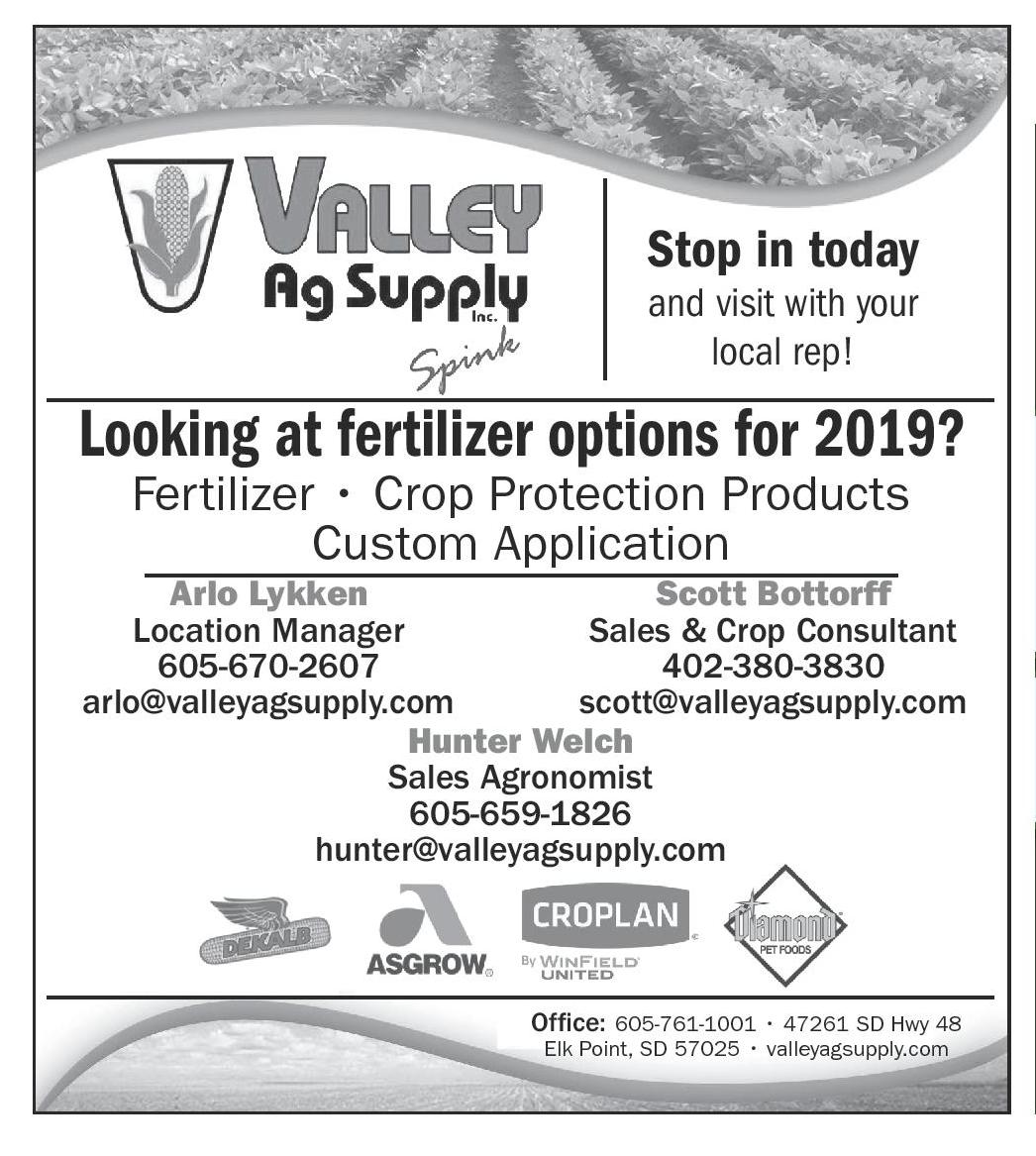
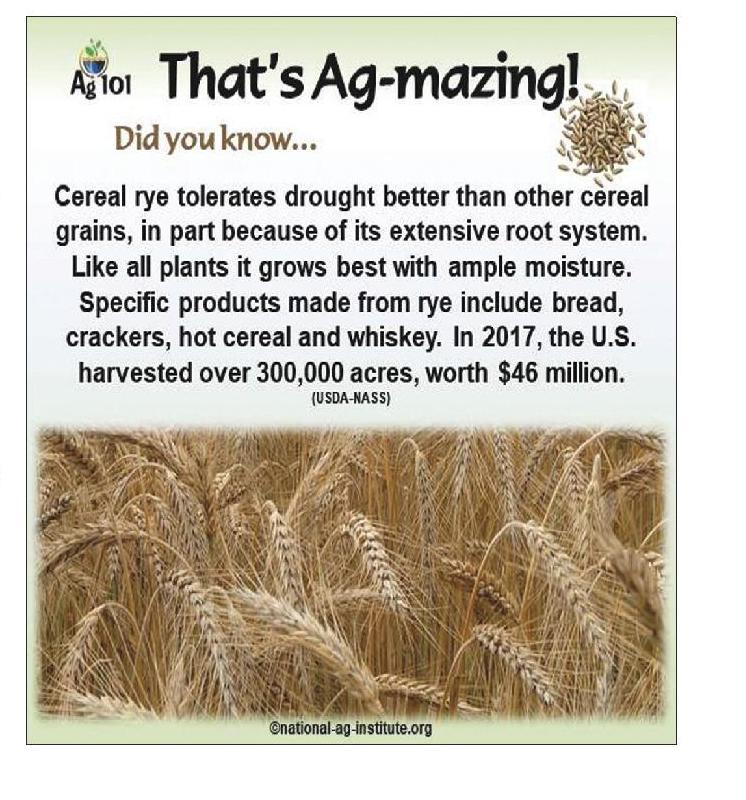
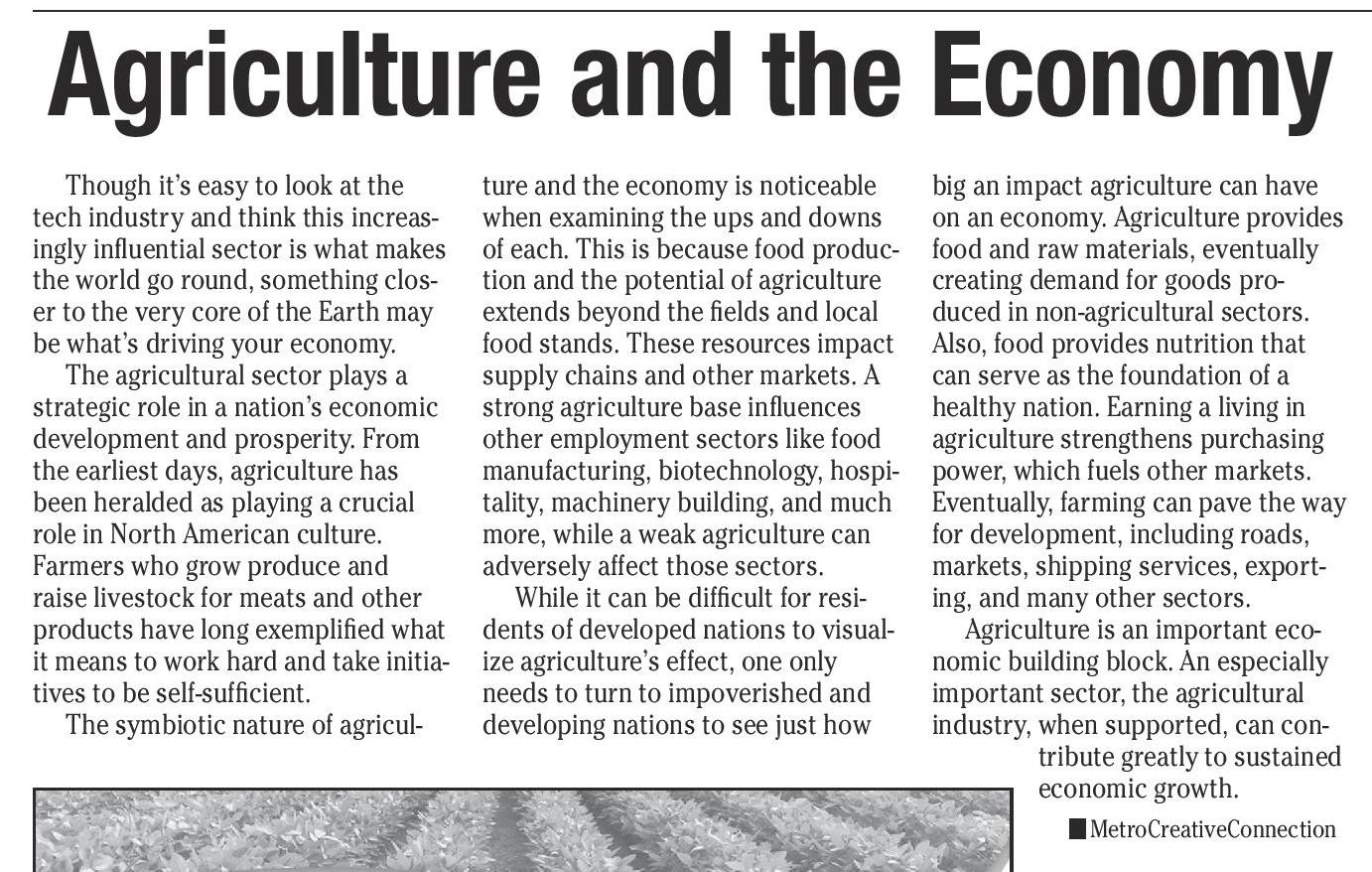







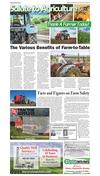
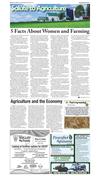





 Previous Page
Previous Page






